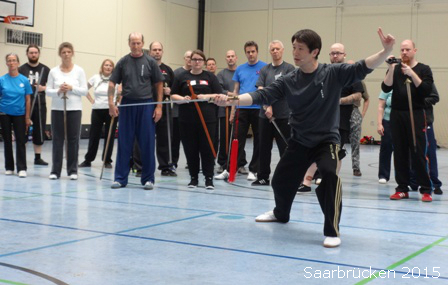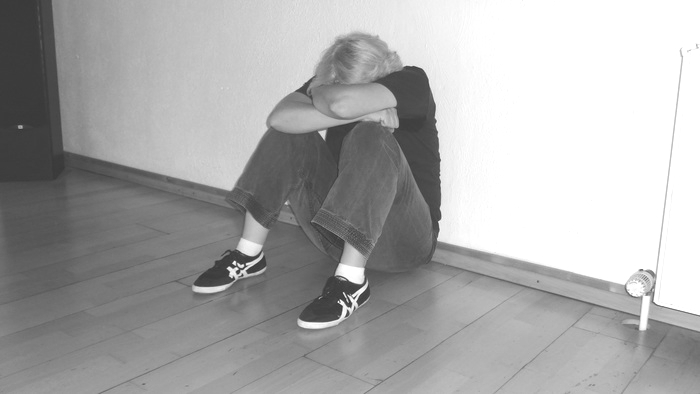洪懿祥 Hong Yixiang (Hung I-Hsiang)
A few days ago my teacher Dietmar Stubenbaum enthusiastically told me that he had discovered two short video sequences with the famous Taiwanese martial artist Hong Yixiang (Hung I-Hsiang) 洪懿祥 (1925-1993) with his friend, the young Marcus Brinkman, a student of Hong Yixiang, which had suddenly transported him back to his times in Taiwan. Hong...









